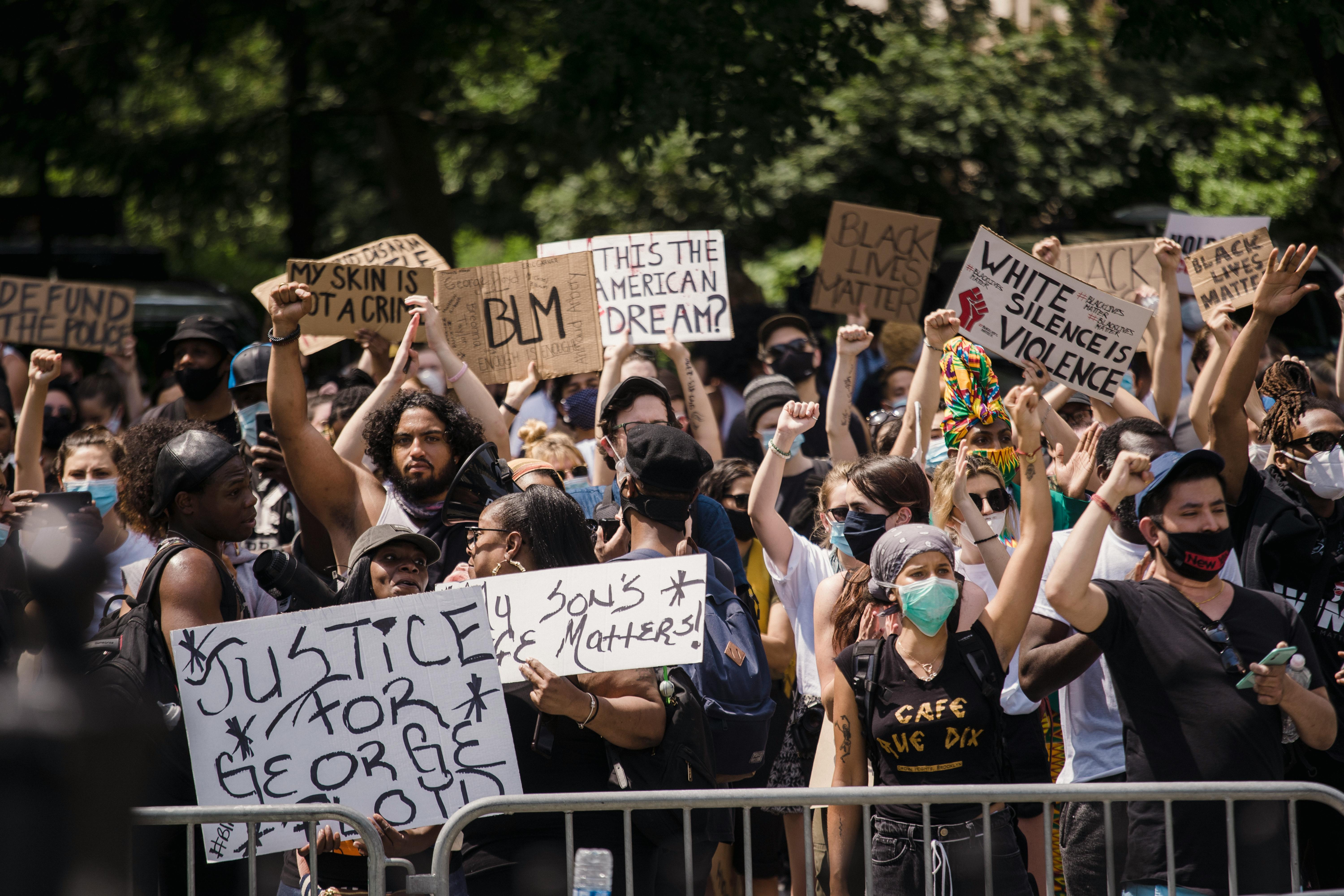
Personal Injury Checklist: Steps to Help Your Personal Injury Claim
admin
- 0
In the midst of the trauma and confusion of a car accident, it is difficult to stay level-headed and take control of the situation. While it may be tempting to rely on on-site law enforcement officers to handle everything, it’s critical that you move quickly to gather evidence and talk to witnesses about details you may have missed. Gathering detailed information about the accident will help your legal representative create a strong claim to present to insurance companies, ensuring you receive the compensation you deserve. The following personal injury checklist offers tips for dealing with the aftermath of a car accident.
In the scene
– Remain in place until the security forces arrive and, where appropriate, medical assistance to inspect the damage. Accident reports filed by police and emergency medical technicians provide third-party perspectives from trusted sources.
– Exchange personal information, such as name, address, phone number, driver’s license number, license plate number and insurance details, with the people involved in the accident. Do not offer or accept compensation or admit fault for the accident at this time, as it may cause problems with a personal injury claim in the future.
– Talk to witnesses at the scene and get their contact information.
– If possible, take pictures of the vehicles, the accident scene, and any physical damage experienced by you or the other parties involved.
After the accident
– Get a copy of the accident report for your personal files, along with the ambulance and medical reports if you were taken to hospital.
– Review your auto insurance policy, including Personal Injury Protection (PIP) and Medical Payments details, to determine what type of coverage you are entitled to.
– Contact witnesses shortly after the accident to obtain statements while they can still clearly remember the event.
– See your doctor right away for a follow-up exam, as some physical injuries are not immediately apparent at the scene of the accident. Get copies of all medical records that can prove physical complications occurred after the accident.
– Take photos that demonstrate the ongoing progress of your injuries and treatment. Record the dates on the photographs.
– Keep track of all the doctors you saw and medical expenses related to the accident, including medications and therapy. Make copies of your medical bills to keep for your files.
– Take pictures of the damage to your car before repairing it.
– Keep records of all costs to repair cars or other property damaged in the accident and make copies of receipts.
– Maintain records of lost wages due to time lost from work after the accident.
– Keep a daily record of your physical and emotional state after the accident. Make a note of any pain, distress, or inconvenience caused by the accident that limits your ability to do your normal activities.
